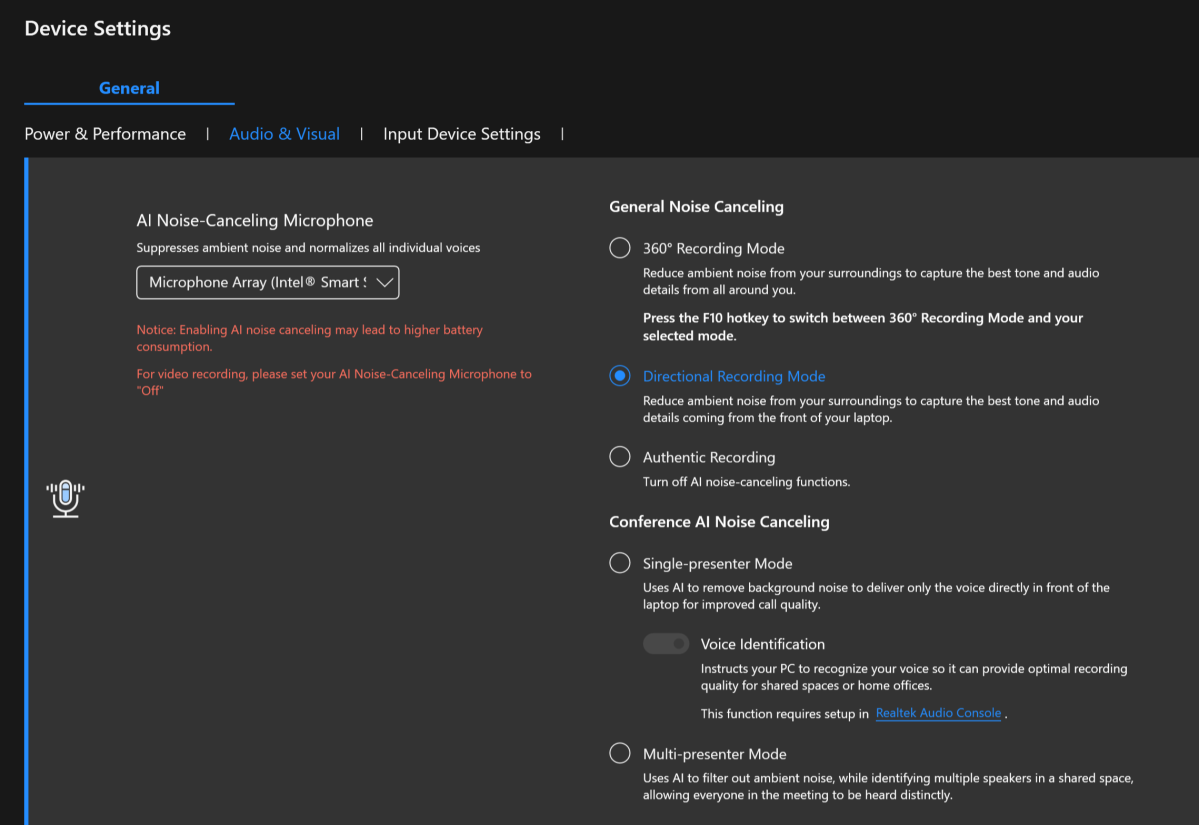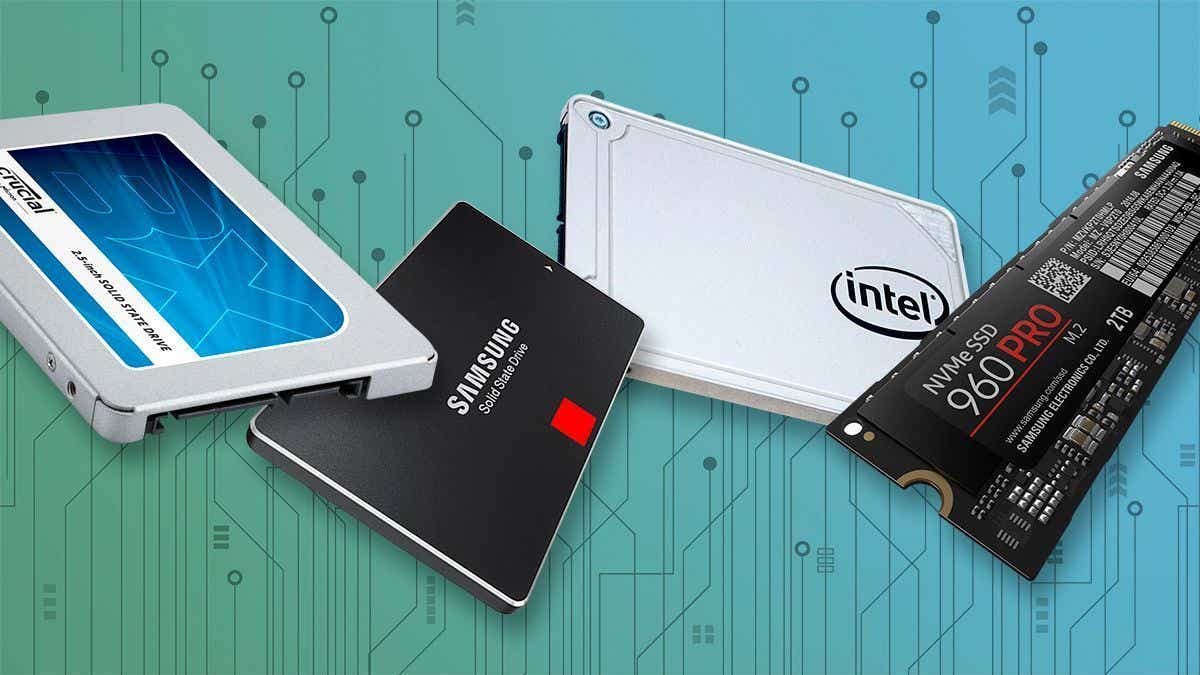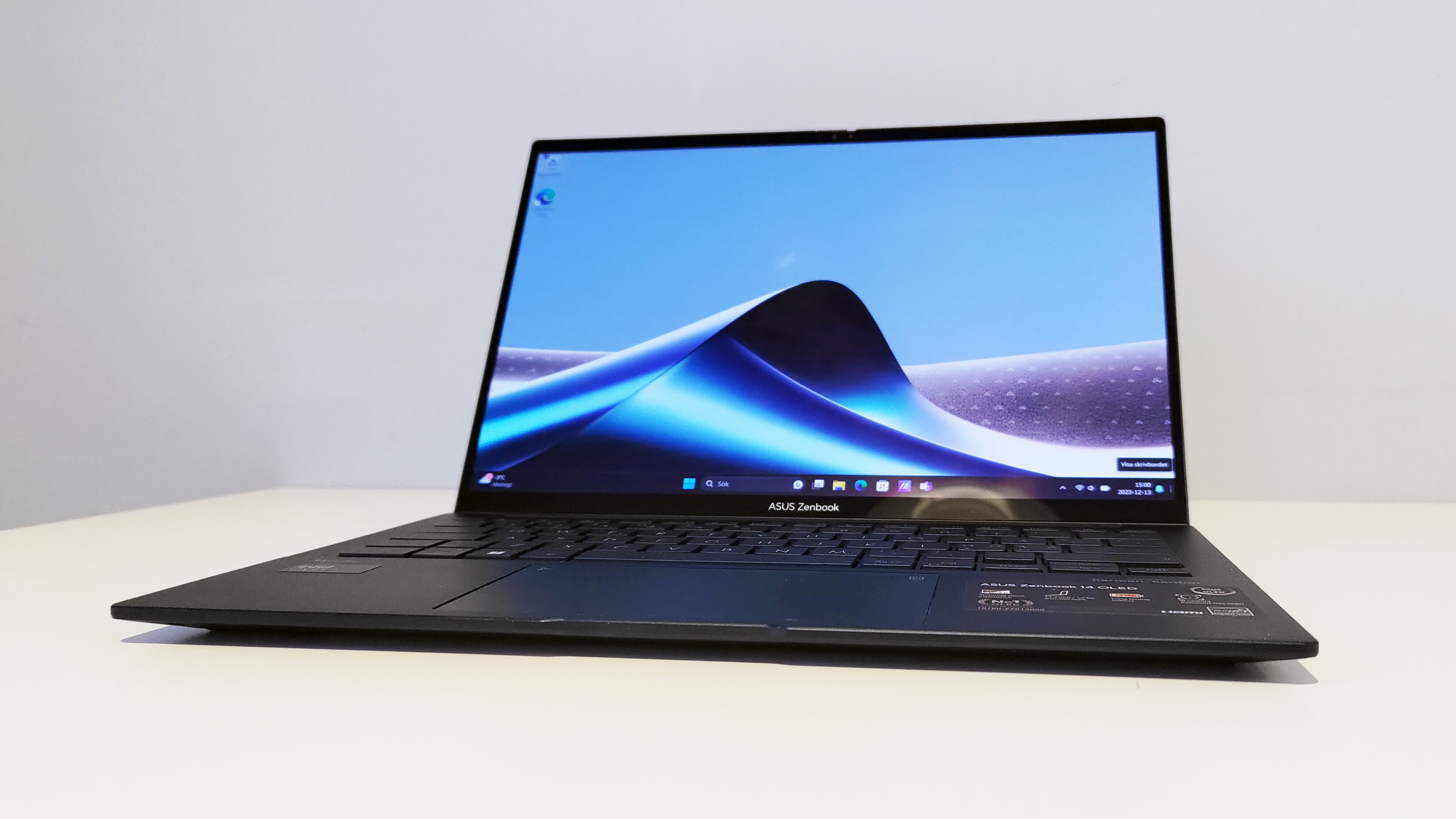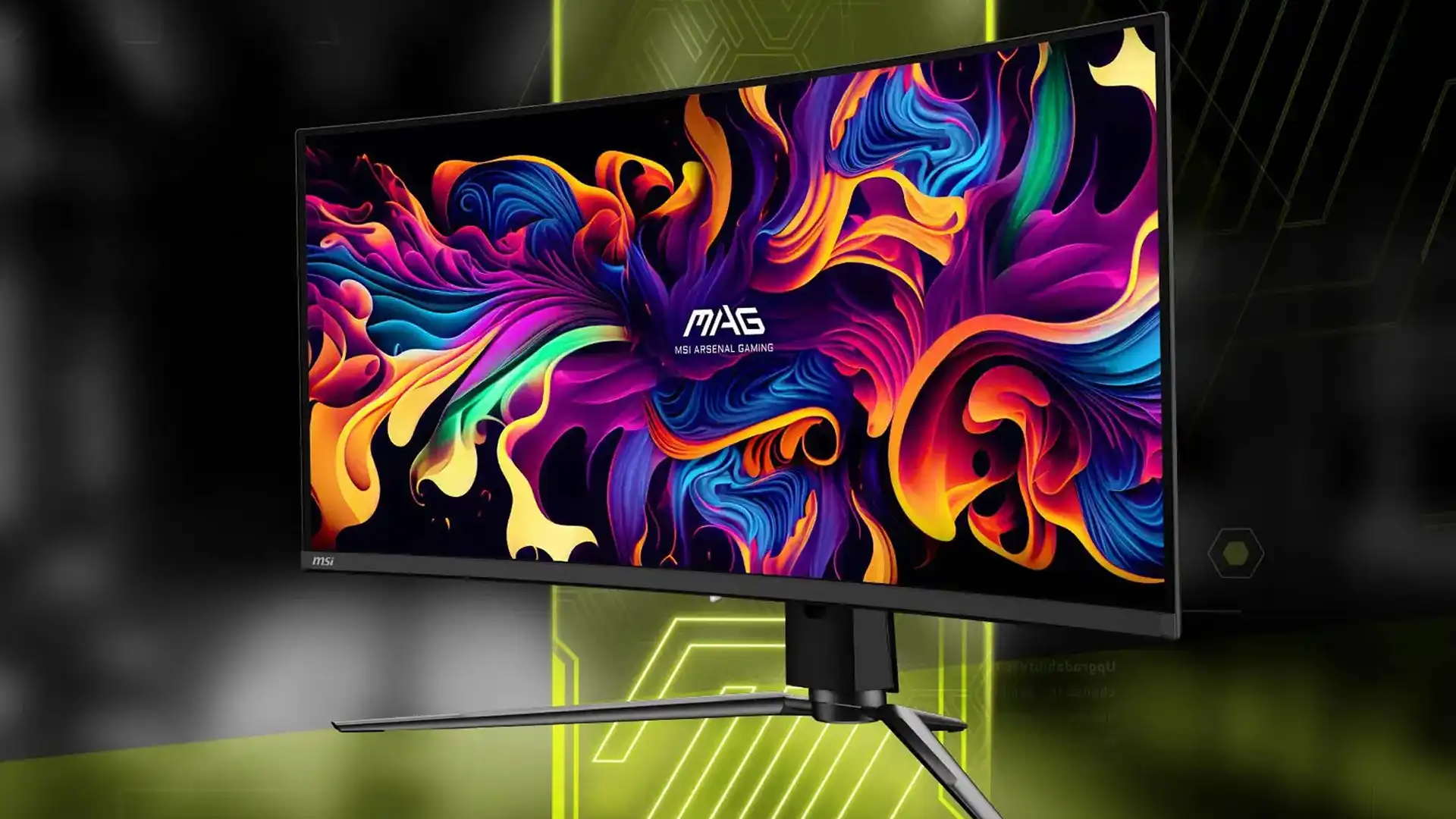AI audio filters are beginning to appear on laptops. They’re a compelling reason to shop for an AI PC.
You’re working at home, rocking out to an embarrassing pop playlist. Suddenly, your boss requests a video chat. Do you scramble to turn off Spotify? Two years ago, sure. But not now.
You’re probably used to thinking of AI in terms of AI art, or chatbots, or how AI blurs or filters out your background on video calls on Teams or Zoom. But AI audio filtering has now become so sophisticated that you can literally play music in the background, and your laptop will filter it out entirely. We tested it to make sure.
You’re probably unaware of this, because it’s the people you talk to that hear your voice, and not you. And you shouldn’t expect the same experience over every single laptop. But at the very least, it’s a feature worth exploring. You may be surprised at how good it is!
Putting AI noise filtering to the test
At CES, Intel provided reporters with a sample of the Asus ZenBook 14 OLED, which our counterparts in Sweden reviewed last December. It’s noteworthy for its gorgeous OLED screen (and the best screensaver in the business, in my book), its moderate weight — and, of course, Intel’s Core Ultra 7 155H processor and its integrated AI NPU. We’ve been fairly critical of the marketing hype surrounding the NPU, as most AI uses the CPU or the GPU instead. Here, however, the NPU appears to be used to great effect.
I couldn’t help but poke around the laptop even after my editors decided to let the existing ZenBook 14 review speak for itself. Inside the integrated MyAsus app I found all sorts of fun options that I could play with, including fan speed controls, “Hibernate Helper,” volume boosters, OLED flicker-free dimming, and much more — really fantastic stuff. Plus, there were five AI audio modes to choose from. Those were worth a try!

Mark Hachman / IDG
So during my lunch break, I began trying out various combinations. I wanted to see if I could play music from my phone or a speaker as background music, but have the laptop entirely filter it out so that a listener couldn’t tell I was listening to music, rather than them. (I wouldn’t do this in real life, as I’d consider it unprofessional. But it’s science we’re talking about here.)
I decided to use several audio samples as proof, using Windows’ own Sound Recorder to record the samples. I used a sample, AlisiaBeats’ Titanium, from Pixabay’s selection of free music as my background track, which I played over my phone in various locations near my laptop. I then recorded my voice via the ZenBook14 OLED’s built-in microphones and AI filtering. (I also used a selection of copyrighted music, with vocals, to double-check my experiences, which I won’t publish here to assuage any copyright concerns.)
These files were all recorded in the FLAC lossless format, at the recommended “High” quality setting. You may want to turn up the volume on your phone or PC to get the full effect.
You can play each track to see what the laptop “heard.” Here’s the basic track with me speaking over it, with all AI filtering turned off, in “Authentic” recording mode.
I then turned on the 360-degree recording mode, the first AI filtering option I tried. If you guessed that it would let in audio from all around me (including the music), you’d be right. It does, however, diminish the music’s apparent volume somewhat.
The ZenBook’s AI audio gives equal weight to my voice and the background music, which isn’t always the case.
Next up, I tried the directional audio filter, which should focus on whatever sound is being produced at the front of the laptop: me, basically.
This sample shows off one interesting thing I noticed. In many cases, the AI filtering does a good job distinguishing between the music and my voice, and chooses to eliminate the background music. Here, you’ll notice that it struggles in places, and conflates my voice with the music. Incidentally, placing the phone behind me (as I might if I were listening to music while working) did little to nothing in terms of filtering. That isn’t shown here.
This was also apparent when I played back some white noise recordings from Spotify — the AI filter kicked in when I stopped speaking, but I “spoke” with a rainy, hissy, undertone.
Trending for you

But then I tried the AI conferencing filter. Whoa. It works! It really works!
When placed into “Conference AI Noise Cancelling” mode, the background music vanished. Completely. My voice sounds just slightly distorted, but it’s otherwise just fine. Incidentally, it doesn’t seem to matter when I played back rock music, ambient noise, or the AlisiaBeats’ track above; the AI filtered them all out perfectly.
I also recorded tracks after supposedly training the AI to optimize for my voice alone, which required reading several phrases over and over until the AI established a model of my voice. (This is the “Voice Identification” option of the “Conference AI Noise Cancelling” option, above.)
It didn’t seem to make a difference, surprisingly, and my voice even sounded a little worse to my ears. The multispeaker mode of the Conference AI Noise Cancelling option didn’t really do anything, either.
I’ve included just the “Voice Identification” recording for brevity’s sake. The multispeaker mode was virtually identical.
AI noise filtering: What we know
So what’s going on here?
Microsoft and its PC partners seem to prefer using the NPU for AI, such as with the filtering in the Windows Studio Effects that debuted in Microsoft’s Surface Pro 9 ARM variant. I opened up Windows Task Manager in the ZenBook to prove it, where filtering the audio in the last test took just a fraction of the NPU’s available performance.

Mark Hachman / IDG
Windows Studio Effects can be used to blur your background on a Teams call, or to try to automatically “frame” your face in the center of the camera. While those features can be turned on or off, Windows Studio Effects also uses AI audio filtering (which doesn’t seem to be adjustable) to improve the audio quality. I tried reproducing the above test on a Microsoft Surface Laptop Studio 2, which includes AI filtering as well, and the Asus ZenBook did a far better job.
In the ZenBook’s case, however, Intel has also stepped in to assist. The ZenBook 14 OLED is an “Evo Edition” laptop, which means that Intel engineers collaborated with Asus to tune the experience. For example, Windows reports the laptop’s mic is being driven by “Intel Smart Sound Technology for Digital Microphones.” It’s unclear whether Intel, Microsoft, or Asus itself is supplying the AI smarts here.
Okay, we don’t know exactly which company supplied which portion of the AI driving the Asus ZenBook 14 OLED. But we don’t really care, either.
Can a laptop like this filter out a baby’s cry, or an embarrassing fight between your toddlers? I honestly don’t know. But I do know one thing: What we can see is an excellent, tangible benefit of AI running on your laptop, and justification to consider shopping for an AI PC.





